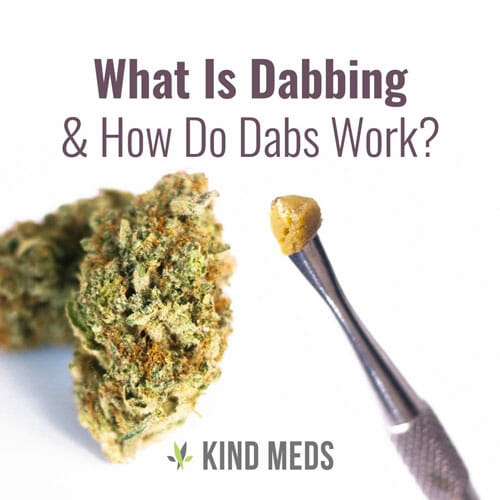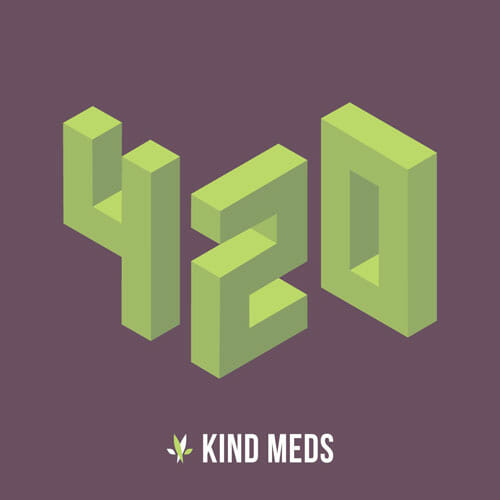A Guide to the Top Cannabinoids
Written by Chris Weatherall on Dec 1, 2023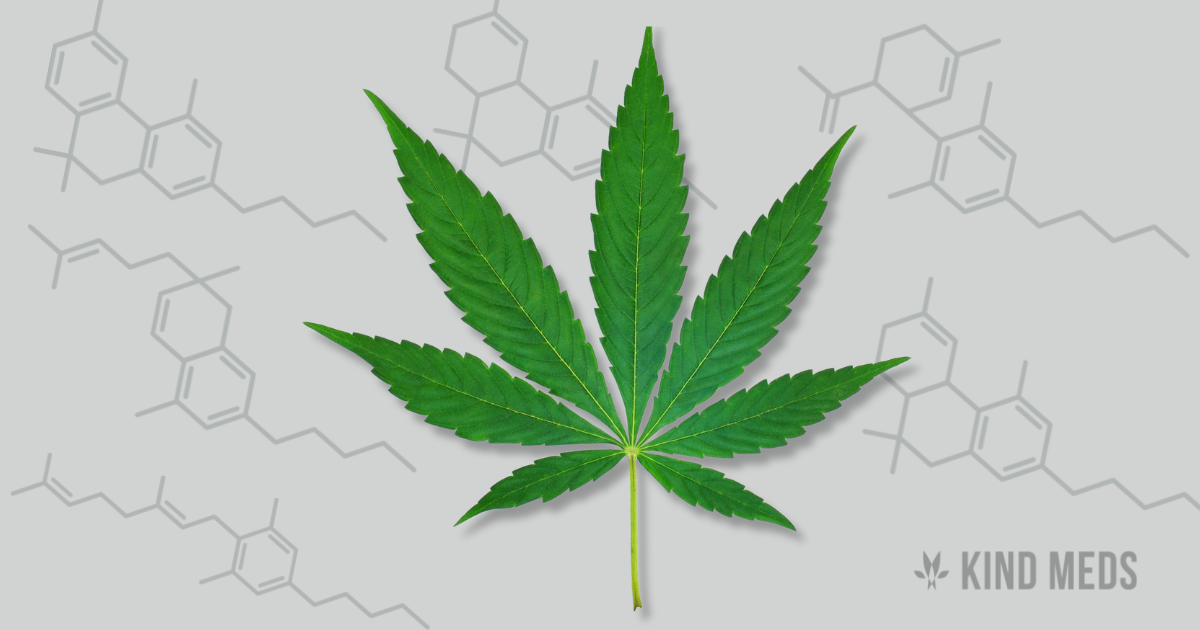
If you enjoy using cannabis products, you’ve undoubtedly learned at least a bit about what popular cannabis compounds like THC and CBD can do for you. But did you know that there are many other chemical compounds in cannabis products that can impact how cannabis makes you feel?
In this blog post, we will explain everything you need to know about the top cannabinoids in cannabis and how they work together with other cannabis compounds to produce an ideal effect on your body. Learning more about other cannabinoids can help you select a cannabis strain that better meets your needs. As a result, you’ll be able to stretch the therapeutic effects of cannabis to their fullest potential.
What Is a Cannabinoid?
There’s no use in unpacking the different types of cannabinoids in your cannabis without first explaining what a cannabinoid is. Cannabinoids are the primary chemical compounds within the cannabis plant and are capable of interacting with your body to produce unique effects. They have this capability because they closely resemble the endocannabinoid compounds produced by your own body.
Cannabinoids interact with your body’s endocannabinoid system (more commonly referred to as the ECS), an incredibly intricate cellular system that is responsible for regulating many bodily functions. For example, the ECS manages critical physiological systems such as your mood, your sleep patterns, your reproductive process, and your metabolism by producing and interacting with the body’s endocannabinoids. This is why certain types of cannabis products and the cannabinoid compounds they contain can exert their own impacts on these systems.
It’s important to note that cannabinoids are distinct from other cannabinoid compounds like terpenes, which produce its scent and flavor.
How Exactly Do Cannabinoids Interact With Your Body?
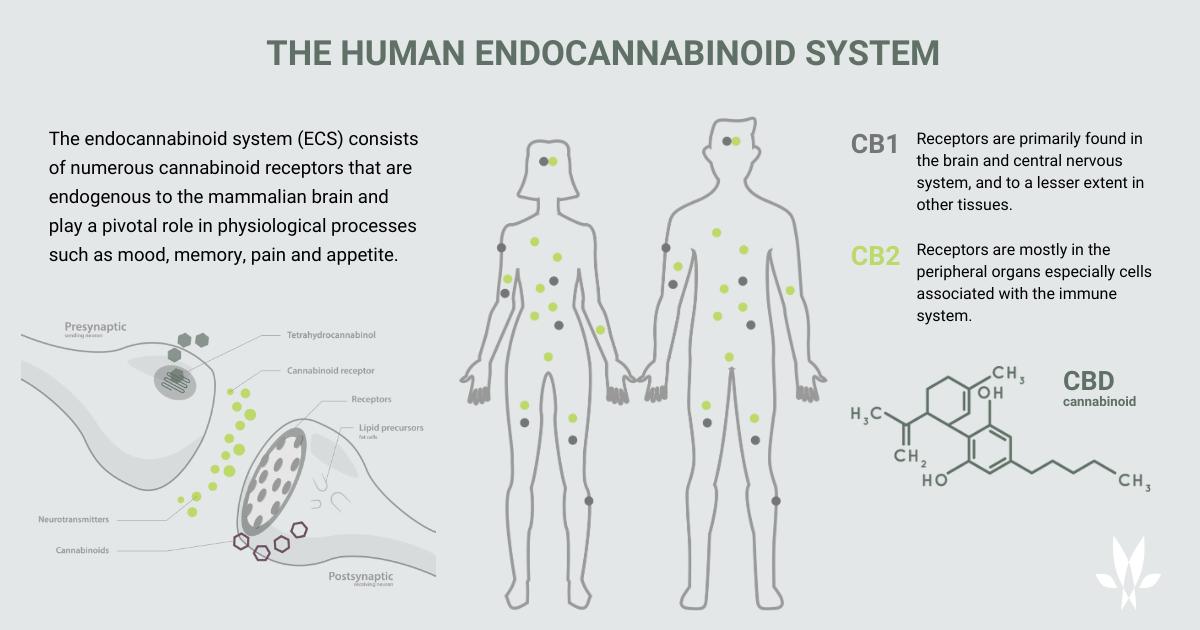
The ECS consists primarily of two types of receptors: protein molecules with the power to bind to signaling molecules like hormones. CB1 receptors are mostly located in the brain and central nervous system, and CB2 receptors mostly lie in the peripheral systems of the body. They each have their own unique ways of modulating bodily functions.
The cannabinoids in cannabis can bind to CB1 receptors, CB2 receptors, or can even affect the way other cannabinoids and terpenes interact with these receptors. They can also bond very tightly, very loosely, or anywhere in between. They can also either increase or decrease the receptor’s chemical messaging capabilities. When this happens, the chemical changes can affect the way you experience pain, appetite, sleep, and more.
What Are the Top Cannabinoids?
As we already mentioned, you have likely already heard about the two main cannabinoids that are always in the spotlight: CBD and THC. While these are important, they work in tandem with a lot of other chemical compounds such as THCV, CBN, THCA, CBDA, CBC, AND CBCA. Let’s dive deeper into these top cannabinoids.
CBD
You might have heard that CBD doesn’t get you high. While this is true – CBD does not exert a psychoactive effect – it is useful to understand what CBD is and the incredible impact it can have on your body and mind. CBD is short for cannabidiol, and it is a cannabinoid that does not appear to bind well to either CB1 or CB2 receptors. However, it does modulate the way other cannabinoids bind to these receptors, mitigating some of their effects. It may also interact with other receptors, like serotonin receptors.
When you use products with CBD, you might see effects like:
- Pain reduction
- Reducing the frequency of migraines
- Decrease in nausea
- Reduction in inflammation
- Less anxiety
- An easier time going to sleep
Some research also suggests that CBD might also be of use in managing serious diseases such as Parkinson’s disease.
If you’d like to harness the therapeutic potential of cannabis and experience pain relief, relaxation, and other psychological benefits, you may want to choose a strain high in CBD and low in THC.
THC
Probably the best-known chemical compound that is found in cannabis is THC. An abbreviated version of the official term, delta-9 tetrahydrocannabinol, THC is responsible for the psychoactive effects so commonly associated with consuming cannabis. This is because THC binds to the CB1 receptors in your brain, activating them and causing them to release neurotransmitters like dopamine. It can also cause the inhibition of the release of gamma-aminobutyric acid (GABA), which can cause you to experience an overall increase in neural activity.
If you indulge in cannabis products with THC in them, you might see effects such as:
- A temporary feeling of happiness
- An easier time falling asleep
- A distorted understanding of how time passes
- Diluted memory
- A more intense sense of smell, sight, and hearing
- A potential for relaxation
If you are searching for a cannabis strain that can provide a relaxing euphoria, it’s critical to monitor more than just the THC concentration. For example, products with high amounts of THC might actually increase your anxiety levels, while products with a low to moderate amount of THC and higher amounts of CBD might help you feel less anxious. As you can see, paying attention to not only the THC concentration but also the blend of cannabinoids involved can help you make informed choices that will better meet your needs.
CBDV
A cannabinoid often found in cannabis strains that originated in Africa and Asia, cannabidivarin (CBDV) is another chemical compound that will not produce your stereotypical “high” when you enjoy it.
However, it might have other useful effects on your body, such as:
- Managing epileptic seizures
- Reducing swelling
- Decreasing your anxiety
- Alleviating pain
If you or someone you love has been struggling with epilepsy, you might have heard that there is prescription medicine available that contains small amounts of CBDV and CBD. These products were created because research shows that CBDV might be useful for keeping seizures at bay.
CBG
By the time cannabis is harvested, only about 1% of cannabigerol, or CBG, remains in the cannabis plant. In fact, CBG is known as the “mother of all cannabinoids” because it is converted into other chemical compounds like CBD as the plant grows.
However, this is not a reason to underestimate it: this non-psychoactive compound can have all kinds of wonderful effects on your body, such as:
- Antibacterial properties
- Reduction of inflammation
- Making pain more tolerable
- Alleviating nausea
- Reducing the intraocular pressure in your eyes, which is of particular consideration in cases of glaucoma
CBN
CBN, or cannabinol, is a lesser-known cannabinoid that is a derivative of THC. In other words, it is a result of the degradation of THC and is found in small quantities in older cannabis plants. Since it is chemically similar to THC, it can be understood as a much weaker version of THC with much milder psychoactive properties. As a result, it is increasingly popular among those who want to sleep better.
When you enjoy products with CBN, you might find that it produces effects such as:
- Helping you relax
- Reducing pain
- Reducing inflammation
- Stimulating appetite
- Making it easier to sleep
- Addressing bacterial infections
CBD-A
Found in raw cannabis plants, cannabidiolic acid (CBD-A) is the acidic precursor of CBD. It does not have all of the therapeutic effects that you can find when you use CBD, nor does it have any psychoactive impacts.
However, it can have some beneficial effects, such as:
- Alleviating nausea and reducing vomiting
- Reducing inflammation
- Managing seizures
- Potentially inhibiting tumor growth
THC-A
Similar to the way CBD-A is an acidic precursor to CBD, THC-A (otherwise known as tetrahydrocannabinolic acid) is the acidic precursor to THC.
Although it does not have the psychoactive benefits you might enjoy from THC, this chemical compound found in raw cannabis can lead to:
- Increased cellular protection
- Reducing nausea
- Alleviating inflammation
- Inhibiting tumor growth
CBC
Sharing some similarities in its structure with THC and CBD, CBC is short for cannabichromene.
It is another non-psychoactive cannabinoid that can help reduce inflammation and pain in your body. It is also said to have effects on your health like:
- Managing acne
- Supporting the growth of brain cells
- Fighting depression
THCV
Short for tetrahydrocannabivarin, THCV is structurally similar to THC but does not have the same intense psychoactive effects on your body that THC is capable of. Also, unlike THC, THCV is known for suppressing your appetite rather than stimulating it.
The cannabinoid has also been found to:
- Promote bone development
- Leave you feeling full longer
- Reduce obesity through appetite suppression
- Reduce your anxiety levels depending on the dose
What Is the Entourage Effect?
Here at Kind Meds, we’ve found that many cannabis clients focus on identifying the cannabis strains with the highest concentrations of THC. However, this isn’t typically the best way to go about selecting the right cannabis strain for your preferences.
For one, if you’re only paying attention to THC, you’ll be missing out on some of the powerful health and relaxation benefits of cannabis strains that boast other cannabinoids. In addition, the way cannabinoids can modulate one another can produce a more enjoyable effect, even if you’re just looking to feel the euphoria. For example, CBD can modulate the way THC binds with CB1 receptors and can help it produce a more enjoyable, less anxiety-prone high.
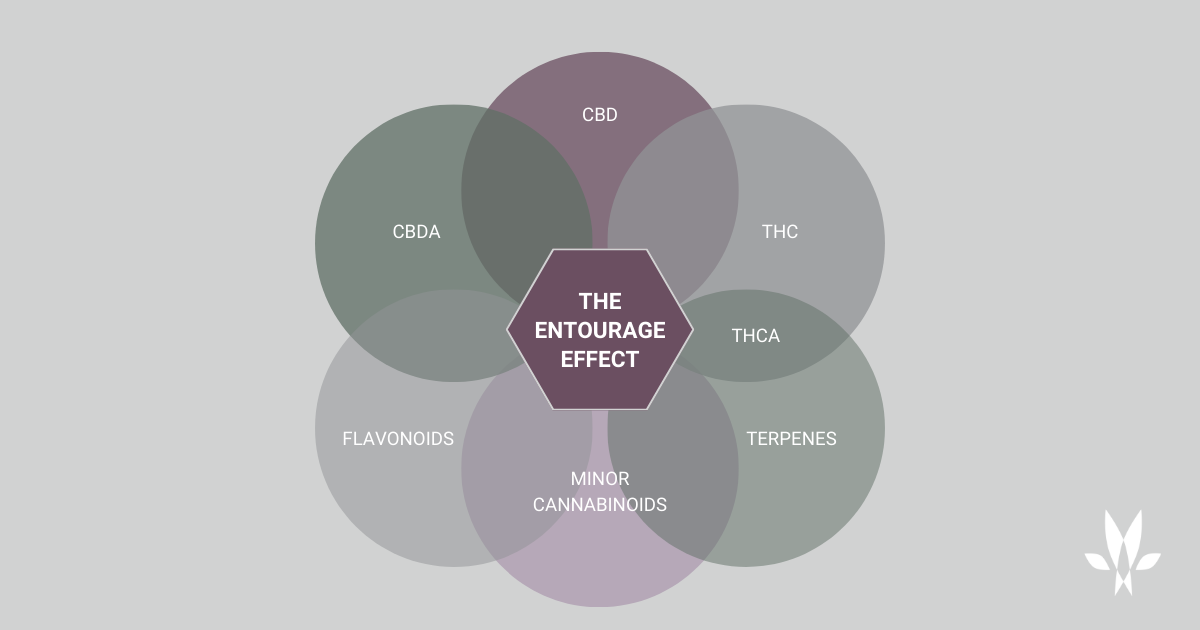
This phenomenon – along with the way all cannabinoids and terpenes work together to exert a unique impact on the endocannabinoid system – is a great example of what we call the “entourage effect.” The idea behind this effect emerges from the theory that cannabis has an enjoyable and beneficial impact on the body and brain because all the cannabinoids and terpenes interact with one another. This synergistic effect appears to produce the best results as opposed to single cannabinoids on their own.
In other words, if you have an ideal cannabis experience in mind – whether it is relaxation and anxiety relief, sleep help, inflammation reduction, or a combination of these effects and more – you should be searching for a combination of cannabinoids that address those needs. Multiple cannabinoids can not only address each of your unique needs, but the entourage effect means they’ll balance one another out to produce the most well-rounded impact for you.
Explore Cannabinoids at Kind Meds

Now that you know the top cannabinoids and how they can work together, it’s time to shop for your cannabis products with specific cannabinoids in mind. At Kind Meds, we have a wide range of high-quality cannabis products that you can choose from, including edibles, pre-rolls, vape cartridges, concentrates, and more. We are a licensed medical and recreational marijuana facility, and we pride ourselves in offering you top-notch cannabis products from brands we trust and love.
If you are interested in finding products with some of the above cannabinoids or want to learn more about the potential effects of certain cannabis products, we want to help! Browse our fresh menu online, then visit our Arizona dispensary. Our friendly team can help you identify a strain or choose from our wide array of other quality cannabis products with the right combination of cannabinoids for you.
References:
- CBC News Interactives. (2018). The Science Behind THC. Retrieved from
https://newsinteractives.cbc.ca/features/2018/thc/ - Biomed Grid. (2021). Cannabinoids and Cancer: What’s Next?
Retrieved from https://biomedgrid.com/fulltext/volume14/cannabinoids-and-cancer-whats-next.001983.php - University of Washington Alcohol & Drug Abuse Institute. (2017). Marijuana and Anxiety.
Retrieved from https://adai.uw.edu/pubs/pdf/2017mjanxiety.pdf. - Liebert Pub. (2020). Cannabis and Cannabinoid Research.
Retrieved from https://www.liebertpub.com/doi/10.1089/can.2020.0075. - PubMed. (2021). Effects of THC on Behavioral Controls: Implications for Substance Use Disorder Treatment.
Retrieved from https://pubmed.ncbi.nlm.nih.gov/35364618/. - PubMed Central. (2021). The Role of Cannabinoids in Pain Control: the Good, the Bad, and the Ugly.
Retrieved from https://www.ncbi.nlm.nih.gov/pmc/articles/PMC8064164/.






